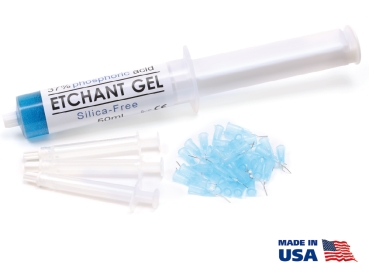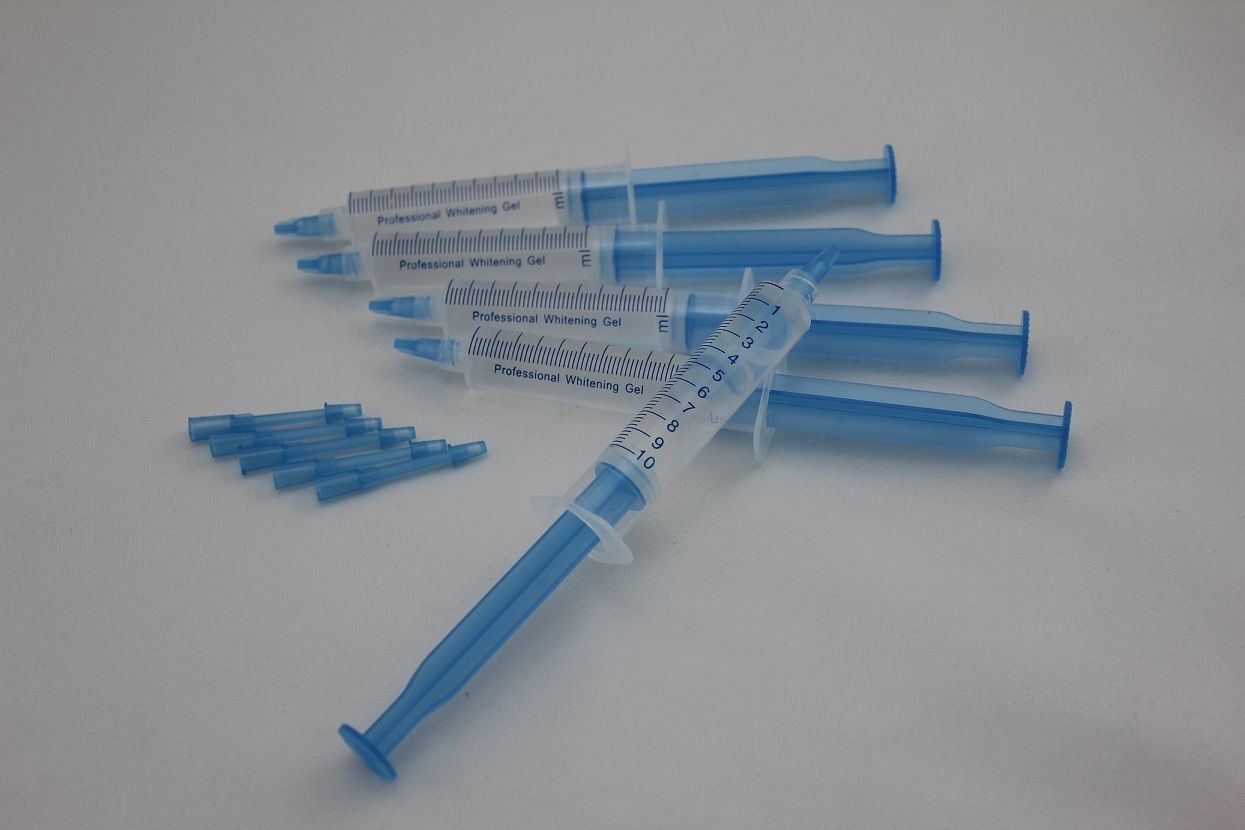
When the Tray Gel rises up in the distal, Stop.You might know by now that I absolutely love red lipstick! One of the problems while wearing red lipstick, especially the bolder colors, is that they might make your teeth look more yellowish than they are. Have the patient bring their tongue forward as you rotate the tray backward into position. Place tray front to back until Syringe Gel appears in the posterior of the tray. It is not necessary to place Syringe Gel into the lingual vestibules. Express Syringe Gel from the retromolar pad forward to the midline.

Accu-Dent Mandibular Impression Loading the Tray Give the Tray Gel a surface wash and rub smooth under cold running water with your fingers. More material should be in the posterior of the tray. This is the correct shape of the loaded tray. Make sure that some of the tray material is pushed through the holes. Mix the Tray Gel and place half on each side of the tray. The mix will appear dry at first but do not add additional water. Mix the Tray Gel using 70 ☏ water measured to the designated line on the vial. Back load the syringe Replace the plunger and express out any air. Mix the Syringe Gel using 70 ☏ water measured to the designated line on the vial. Accu-Dent Mandibular Impression Tray Size Tray Selection The caliper measurement should line up with the large holes in the first molar region of the lower tray.

Use this measurement to select the correct size lower tray. This can be done on the existing denture, as shown, or in the patients mouth. Use the supplied calipers to measure the width of the residual ridge in the first molar region. Accu-Dent Mandibular Impression Tray Type Tray Selection Trays #20-24 are designed with a high distal rise to help accommodate the severely resorbed ridge. Trays # 26-30 are designed with a moderate distal rise to accommodate the moderately resorbed ridge. The lower Accu-Tray selection is accomplished in two steps, 1) tray type and 2) tray size Chose the tray that best suits either a normal ridge, or a highly resorbed ridge. Impression tray acts only as a method of delivering the impression material Accu-Dent Maxillary Impression Disinfect according to OSHA guidelines and immediately pour the model Accu-Dent Maxillary Impression Using the handle alone to remove the impression might dislodge the material. Tray Removal When set, break the seal at the distal buccal periphery and carefully remove the impression. Have the patient open wide Border Molding Accu-Dent Maxillary Impression Massage the cheeks very lightly downward with the fingers. Pull straight down once on the filtrum at the vermilion border. Stop seating the tray when a small amount of Syringe Gel appears in the distal edge of the tray. Taking the Impression Place a small amount of Syringe Gel in the anterior vault of the palate. Taking the Impression Accu-Dent Maxillary Impression Do not go all the way around in a single pass. Continue from opposite posterior to midline. Express a line of the Syringe Gel into the vestibule from the hamular notch to the midline. Wipe dry the vestibules and palate with a 2x2 gauge. The proper shape of the Tray Gel material is very important: most of the material should be in the front sloping to very little in the back.


Hold the tray under cold running water and smooth the surface with your fingers. Accu-Dent Maxillary Impression Make sure a small amount of Tray Gel is pushed through the large holes in the tray for retention. **Note: the pts existing denture can be used to help select an appropriate size tray. Warm the periphery wax in a warm water bath, insert in patients mouth and mold the periphery wax to the intraoral contours. No portion of this program of instruction may be reproduced, recorded or transferred by any means electronic, digital, photographic, mechanical etc., or by any information storage or retrieval system, without prior permission. Preliminary Impressions John Beumer III, DDS, MS Division of Advanced Prosthodontics, Biomaterials and Hospital Dentistry UCLA School of Dentistry and Frank Lauciello DDS Ivoclar Vivadent This program of instruction is protected by copyright ©.


 0 kommentar(er)
0 kommentar(er)
